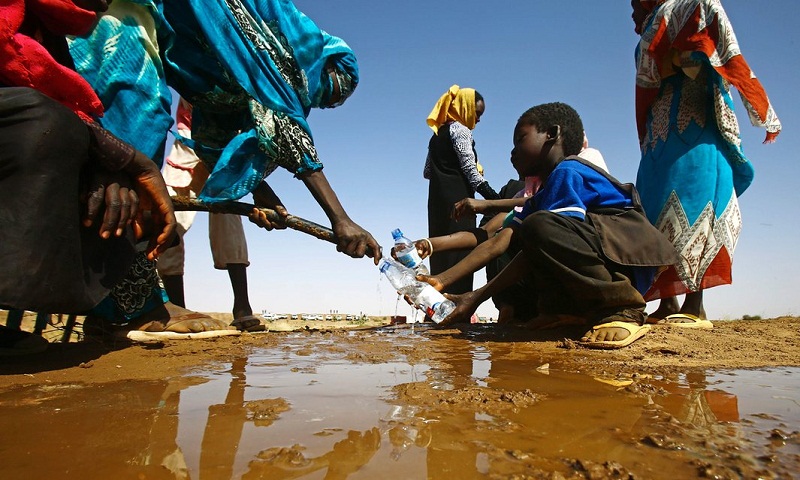World Water Day: one in four children will live with water scarcity by 2040

Unicef report says climate change and conflict are intensifying risks to children of living without enough water, and that the poorest will suffer most. One in four of the world’s children will be living in areas with extremely limited water resources by 2040 as a result of climate change, the UN has warned. Within two decades, 600 million children will be in regions enduring extreme water stress, with a great deal of competition for the available supply. The poorest and most disadvantaged will suffer most, according to research published by the children’s agency, Unicef, to mark World Water Day on Wednesday. Drought conditions and conflict are driving deadly water scarcity in parts of Ethiopia, Nigeria, Somalia, South Sudan and Yemen. Unicef anticipates that more than 9 million people will be without safe drinking water this year in Ethiopia alone. Nearly 1.4 million children face imminent risk of death from acute malnutrition in South Sudan, Nigeria, Somalia and Yemen. The report, Thirsting for a Future: Water and Children in a Changing Climate, looked at the threats to children’s lives and wellbeing caused by depleted sources of safe water and the ways in which climate change will intensify these risks. As industrialisation and demographic shifts increase consumption, areas of south Asia and the Middle East will be particularly affected, according to one of the report’s authors, Nicholas Rees. “Where demand is extremely high then water stress will increase. It will go up in areas of rapid urbanisation, and we are already seeing that throughout sub-Saharan Africa and Asia,” he said. Another report published on Wednesday warned that Iran is grappling with an unprecedented water crisis, and faces a greater threat from its environmental challenges than those arising from regional political issues or terrorism. The study, from London-based NGO Small Media, said that shortages could transform vast swaths of the country into near-uninhabitable areas in the coming decades.

